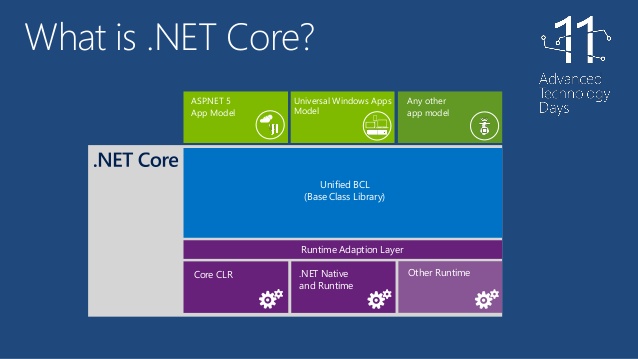Exploring the .NET CoreFX

When the .NET core framework was first released as open source in 2015, I spent a few weeks reading the source code and looking for tricks and techniques that I thought were interesting or novel. This blog post shares some of the things I found along the way.
- Exploring the .NET CoreFX Part 1: Annotate Pure Methods With PureAttribute
- Exploring the .NET CoreFX Part 2: Cache ThreadLocal Variables in Locals
- Exploring the .NET CoreFX Part 3: Making Methods Debugger-Friendly
- Exploring the .NET CoreFX Part 4: The Requires Convenience Class
- Exploring the .NET CoreFX Part 5: Keep Indexers Trivial to Allow JIT Optimization
- Exploring the .NET CoreFX Part 6: Use IEquatable for Higher-Performance Equals()
- Exploring the .NET CoreFX Part 7: Reference Versus Structural Equality
- Exploring the .NET CoreFX Part 8: NullReferenceException Performance Tricks
- Exploring the .NET CoreFX Part 9: Immutable Collections and the Builder Pattern
- Exploring the .NET CoreFX Part 10: Performance Tuning Enumeration
- Exploring the .NET CoreFX Part 11: Code Contracts
- Exploring the .NET CoreFX Part 12: Aggressive Inlining
- Exploring the .NET CoreFX Part 13: ImmutableList is an AVL Tree
- Exploring the .NET CoreFX Part 14: Inside Immutable Collections
- Exploring the .NET CoreFX Part 15: Using Non-Generic Factory Classes to Enable Type Inference
- Exploring the .NET CoreFX Part 16: Platform-Specific Builds Using Compile-Time Polymorphism
- Exploring the .NET CoreFX Part 17: Videotaped API Review